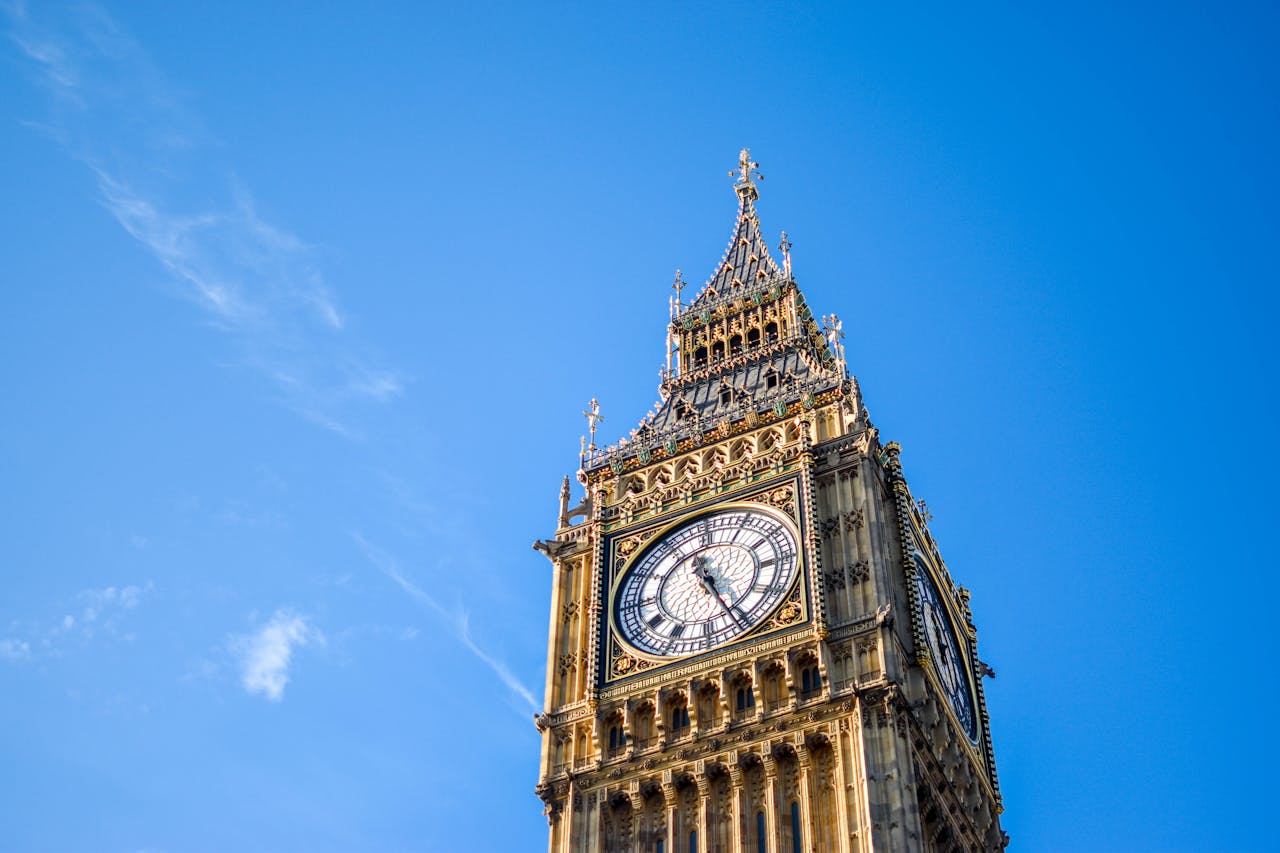
Americans Are Snubbing McDonald's and Starbuck's
At first glance, it seems like Americans are moving away from Big Macs, booze, and even Starbucks.
Recent earnings reports from major food and beverage companies reveal a shift in spending habits during this time of strong employment, steady wages, and cooling inflation.
Despite these changes, Americans remain enthusiastic spenders. Our consumer culture persists, even amid political upheaval, wars, and pandemics. If there were an Olympics for buying stuff, the United States would take home gold, silver, and bronze every time. However, there’s a notable shift: Americans are becoming more discerning in their spending choices.
Declining Sales for Major Brands
Recent earnings reports highlight this trend. Starbucks reported its second consecutive quarter of disappointing sales. Similarly, McDonald's announced a 0.7% decline in U.S. sales compared to the same period in 2023. Diageo, the maker of Johnnie Walker and other popular spirits, experienced its first sales decline since the pandemic began, driven by a downturn in North America.
These figures don’t indicate that Americans have given up on fast food or alcohol. Instead, after years of rising prices, consumers are seeking deals and choosing to splurge selectively.
“Consumers are willing to spend; it’s just that they’re not willing to spend on the same old thing,” says RJ Hottovy, head of analytical research at Placer.ai. He adds that consumers are “definitely being more selective with their food purchases.”
The Rise of Fast-Casual and Casual Dining
This trend is particularly visible among chain restaurants. Jonathan Maze, editor-in-chief at Restaurant Business Magazine, highlighted this shift on social media. Sales at Chipotle locations open at least a year are up 11% from the previous year. Texas Roadhouse reported a 9.3% increase. In contrast, McDonald's sales declined by 0.7%, and Starbucks by 2%.
Consumers are essentially saying, “If I’m already overpaying for food, I may as well sit down and get some service out of it.” This shift is not entirely new. The pricing gap between different types of restaurant chains—quick-service restaurants like McDonald’s, fast-casual chains like Chipotle, and casual dining spots like Applebee’s—has been narrowing for years.
Strategic Adjustments by McDonald's and Starbucks
McDonald's, once a reliably cheap option, has increased its prices, while sit-down restaurants have emphasized value and convenience. Applebee’s, for example, directly appealed to disgruntled McDonald's customers who felt the chain had overstepped with its pricing. This spring, Dine Brands, Applebee’s parent company, touted its $9.99 burger, questioning why anyone would choose a $10 burger from McDonald's that comes in a bag.
Chili’s made a similar move, adding a burger with “twice the beef of a Big Mac” to its “3 for Me” value menu. In response, McDonald's is trying to regain both budget-conscious customers and attract more affluent ones seeking something new. The company has doubled down on its $5 value meal promotion while introducing a higher-end “Big Arch” burger.
The Bigger Picture: Post-Pandemic Spending Trends
These adjustments reflect broader post-pandemic consumer behaviors. Shoppers are treating themselves to small luxuries and memorable experiences. While takeout might not be a nightly occurrence, many are making coffee at home or opting for a cheaper version from the local bodega. At the same time, they’re willing to splurge on significant experiences, like spending a few thousand dollars to see Taylor Swift in Paris.
This trend underscores a fundamental truth: Never bet against the American consumer. Spending is ingrained in the national identity. It’s a driving force behind the U.S. economy, which recorded a stronger-than-expected 2.8% annual growth rate in the second quarter.
Adapting to Changing Preferences
As consumer preferences continue to evolve, brands must adapt. McDonald's and Starbucks are not alone in facing these challenges. The entire food and beverage industry is experiencing a shift as consumers seek more value, variety, and unique experiences.
The rise of fast-casual and casual dining options demonstrates a growing demand for quality and service. Chains like Chipotle and Texas Roadhouse are thriving by offering a compelling combination of taste, convenience, and ambiance. Meanwhile, traditional fast-food giants must innovate to stay relevant.
Future Outlook
Looking ahead, it’s clear that the landscape of American dining is changing. The emphasis on value and experience is reshaping the industry. Brands that can effectively balance affordability with quality and service will continue to capture consumer loyalty.
For McDonald's, Starbucks, and others, this means continually reassessing their offerings and strategies. The ability to pivot and meet evolving consumer expectations will determine their success in an increasingly competitive market.
In conclusion, the American consumer remains a powerful force, driving economic growth through their spending habits. While they may be more selective in their choices, the willingness to spend on meaningful experiences and high-quality products ensures that brands who adapt will thrive. The future of dining in America is dynamic, and those who can navigate these changes will lead the way in this new era of consumerism.
Trending
-
1 UK Tech Sector Secures a Third of European VC Funding in 2024
Azamat Abdoullaev -
2 France’s Main Problem is Socialism, Not Elections
Daniel Lacalle -
3 Fed Chair Jerome Powell Reports 'Modest' Progress in Inflation Fight
Daniel Lacalle -
4 AI Investments Drive 47% Increase in US Venture Capital Funding
Felix Yim -
5 The Future of Work: How Significance Drives Employee Engagement
Daniel Burrus





Comments